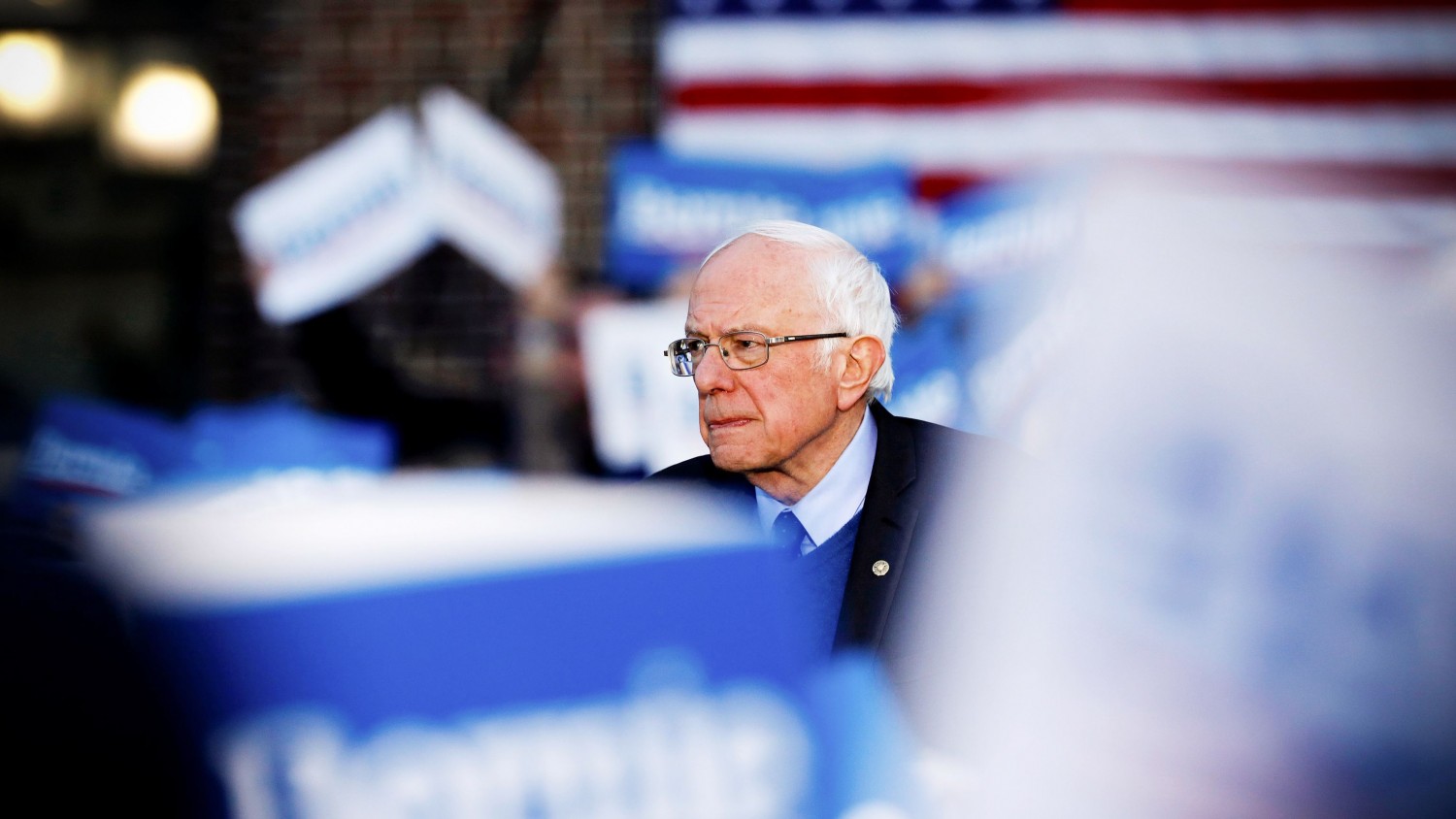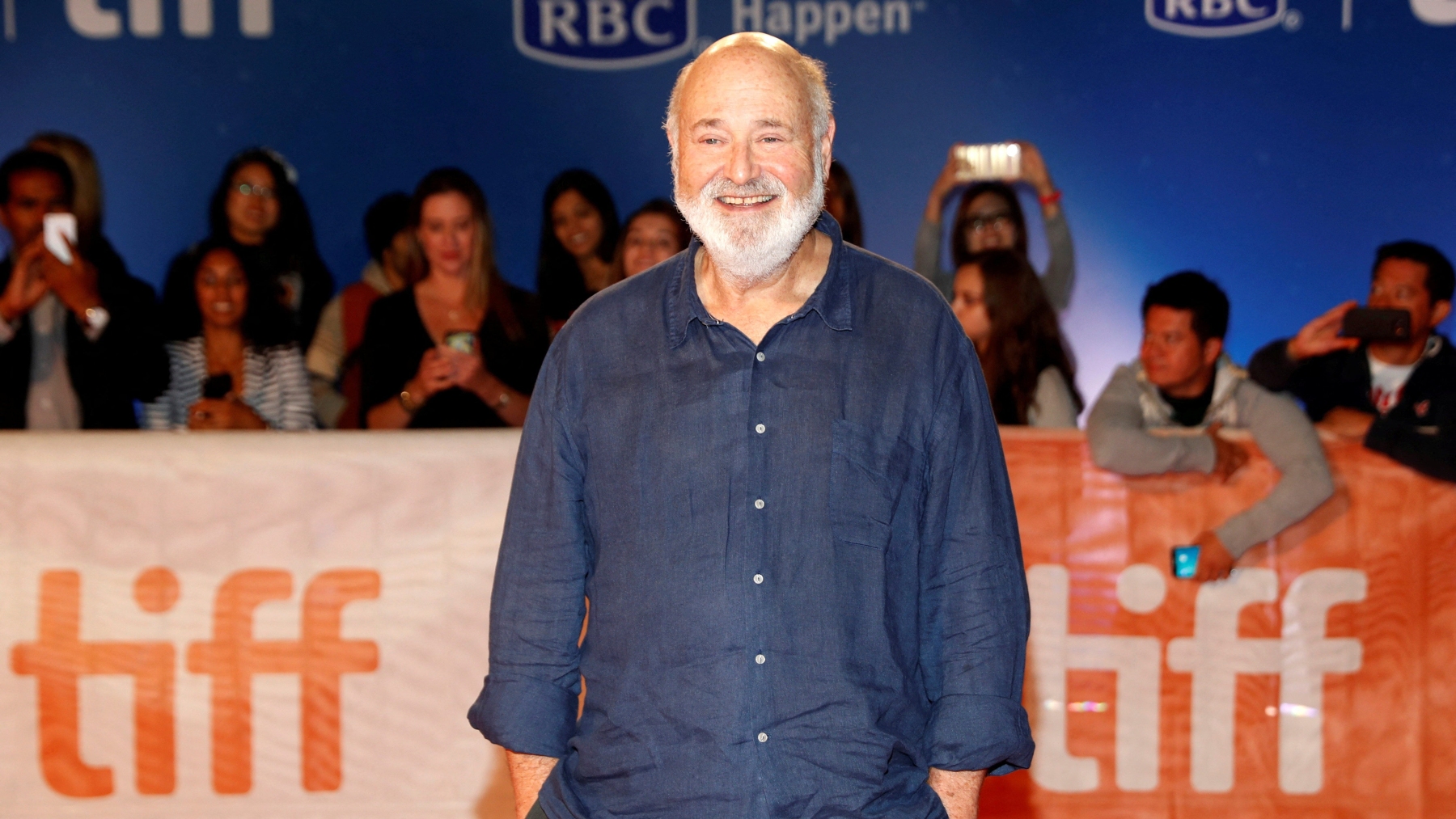
This article is more than
5 year oldBernie Sanders ends his second bid for the presidency

Sen. Bernie Sanders’s second crusade for the White House is over. The insurgent candidate had seemed briefly like the favorite for the Democratic nomination this time, but he fell behind the mainstream party choice — again.
The news broke on Wednesday that the Vermont senator would be suspending his campaign. Former Vice President Joe Biden is now the presumptive Democratic presidential nominee.
A few weeks ago, Sanders fell short in the Florida, Arizona, and Illinois primaries and found himself too far behind Biden to have any realistic hope of catching up in the delegate count. With the coronavirus pandemic seizing the attention of the nation, including that of the US Senate, the Sanders campaign has decided to suspend its operations.
Sanders had a plan to win the primary, and for a time, it seemed to be working. Initially voters were scattered among Biden, Pete Buttigieg, Amy Klobuchar, and Elizabeth Warren. In the first three primary states — Iowa, New Hampshire, and Nevada — Sanders won bigger and bigger popular vote majorities. He had the most delegates. So long as the field stayed fractured, he certainly had a path. And it seemed possible from the polling that he could consolidate enough voters to top the former vice president in a one-on-one contest. He was running up good margins with Latino voters.
:no_upscale()/cdn.vox-cdn.com/uploads/chorus_asset/file/19783814/GettyImages_1202653350.jpg)
Paul Ratje/AFP via Getty Images |
But then Biden surged in South Carolina, smashing Sanders by nearly 30 points, and Buttigieg and Klobuchar dropped out and endorsed the former veep. The 2020 script fully flipped on Super Tuesday three days later. Biden swept the South and encroached on Sanders-friendly ground in Massachusetts and Minnesota. He took the lead in the popular vote and, more importantly, the delegate lead in the national primary. Big Biden wins in the March 10 and March 17 primaries put the nomination effectively out of reach for Sanders.
Now Sanders has yielded, the runner-up for the second presidential primary campaign in a row. It was not enough to take over the Democratic Party from the inside; his political revolution has reached its limit again. Sanders and his supporters will be left to tussle with the difficult questions: What went wrong, and what could we have done differently?
In some ways, Sanders ran much the same campaign as he did in 2016: against the establishment, for radical ideas like Medicare-for-all, setting many standards for progressive policies in the Democratic tent. But while he ran up margins with Latino and white working-class voters (until he didn’t in Michigan, with the latter) and the young left, Sanders did not his base enough beyond what he had four years ago. He did not make enough inroads with black voters, especially older ones.
An uncompromising style, which makes him the subject of reverence among his most loyal supporters, seemed to have had limited appeal. Mainstream American discomfort with “socialism” complicated Sanders’s bid even further. Moderate and conservative Democrats went overwhelmingly for Biden and so did many progressives (one in five “very liberal” voters on Super Tuesday) when the time came. And hanging over all of it was an overwhelming urge among Democrats to beat President Trump — they finally settled on Biden as the best person to do that.
In some tangible ways, Sanders did win the Democratic debate. The public option is now the moderate position on health care, and Medicare-for-all is popular with Democratic voters. His focus on structural inequality and corporate influence is here to stay, especially among the young voters who were so fond of Sanders.
But he didn’t win the nomination. In 2020, there was a hard ceiling on revolutionary politics — and Sanders hit it.
Why Sanders fell from presumptive favorite to runner-up in 2020
Coming off the first three primary states, Sanders looked formidable: The FiveThirtyEight forecast gave him about a 50 percent chance of winning the majority of delegates needed to clinch the nomination. And whatever the party’s elite said, he would have been the likely candidate even if he fell just short of that threshold. Sanders was in the driver’s seat.
But there were ominous signs buried in the vote results from the early states. Sanders had won amid a fractured field, with Buttigieg, Klobuchar, and Biden dividing up the center-left vote. He never topped 34 percent of the popular vote (his showing in the first vote of the Nevada caucuses), and the exit polling data did not show the surge in turnout from young or infrequent voters that Sanders and his team were betting on in the long term.
:no_upscale()/cdn.vox-cdn.com/uploads/chorus_asset/file/19783076/GettyImages_1198716777.jpg)
among young or infrequent voters, which ultimately did not happen. Jeremy Hogan/Barcroft Media via Getty Images |
This was always one of the big questions about Sanders’s “electability” in a hypothetical general election matchup with Trump: He was competitive because younger voters and less frequent voters said they would vote for him and only him. But, as David Broockman and Joshua Kalla outlined for Vox, the problem with this strategy is those voters have not historically showed up at the ballot box, whatever they might say.
That proved to be part of Sanders’s undoing in the primary, as was the rapid mainstream consolidation around Biden after his rebound in South Carolina. Some would blame Sen. Elizabeth Warren, the other staunch progressive in the race who dropped out after Super Tuesday, but polling showed her votes were likely to split between Sanders and Biden anyway.
Sanders was ahead in the early delegate count because he was winning the most votes in a crowded race, but the Democratic rules for allocating delegates limited how much of a lead he could build. That was an important difference from the 2016 Republican primary, when Trump also kept winning in a fractured field, as former Vox reporter Tara Golshan noted at HuffPost. Democratic delegates are awarded proportionally by state, unlike the winner-take-all primaries for the GOP. So Biden (and Buttigieg and others) still won plenty of delegates in the states Sanders was winning.
And once Sanders fell behind Biden, it was that much harder to catch up.
What happens to Sanders’s political revolution now?
For the second time in four years, Sanders made a game run at the Democratic nomination — and fell short. He is 78 years old. A third run seems unlikely.
Sanders can know that he has successfully shifted the internal Democratic debate over health care especially. He “wrote the damn bill” on Medicare-for-all, and now about 75 percent of Democratic voters say they support a national health insurance plan that covers everyone. His commitment to that position has pushed the rest of the party to the left. His plan got the endorsement of fellow candidates Kamala Harris and Elizabeth Warren. In 2016, Hillary Clinton’s health reform plan was limited to improving Obamacare; in 2020, Joe Biden is running on a public option.
:no_upscale()/cdn.vox-cdn.com/uploads/chorus_asset/file/19783106/GettyImages_1211037977.jpg)
Medicare-for-all helped push the Democratic Party further to the left on health care. Scott Olson/Getty Images |
The question for the left, now that the face of democratic socialism has fallen short of the ultimate prize, is what happens now. Even some Sanders supporters worried about this scenario before he announced he would run for president a second time. Here’s Hamilton Nolan in Splinter back in December 2018:
It’s not the time for an 80 year-old president. The movement needs young blood. A new generation of political leadership is already bursting forth. Bernie, you can take satisfaction in the knowledge that you played a leading role in pulling these left wing ideas into the mainstream. You will not be president, though. And that is fine.
Now it seems Sanders will be forced to step back, after a second electoral loss, and a new generation will have to step up.
There are obvious candidates. Rep. Alexandria Ocasio-Cortez, a sensation in her own right, probably tops the list. But they will have to prove their viability in a national race if the left is to have a shot at the White House anytime soon. As Broockman and Kalla wrote for Vox, 11 percent of left-leaning young people said they would only vote for Sanders in a presidential election; otherwise, they would vote third-party or not vote at all.
Maybe those voters can be won over by the next faces of the left. We’ll have to wait and see.
In the meantime, the Sanders wing of the Democratic Party will surely engage in a lengthy postmortem about why it lost again. There will be debates about policy: Should supporters be so hard on progressives who say they support their goals want to take more incremental steps to achieve them? Is it time to tone down the rhetoric, as so many Democrats — even Elizabeth Warren, his most important ideological ally, and her supporters — chafed at the online harassment they felt from Sanders supporters? There will be plenty of conversations, in the long slog to a general election between Trump and Biden, and long after that.
Today was the end for Bernie Sanders, the presidential candidate. But it may not yet be the end of his movement.




